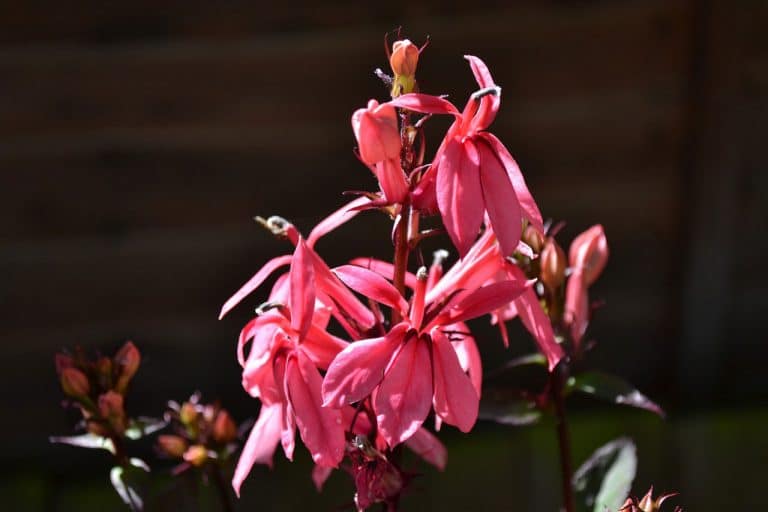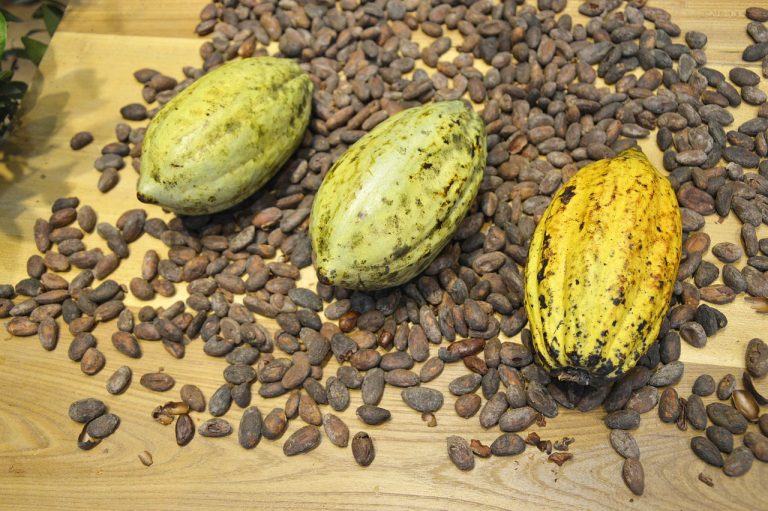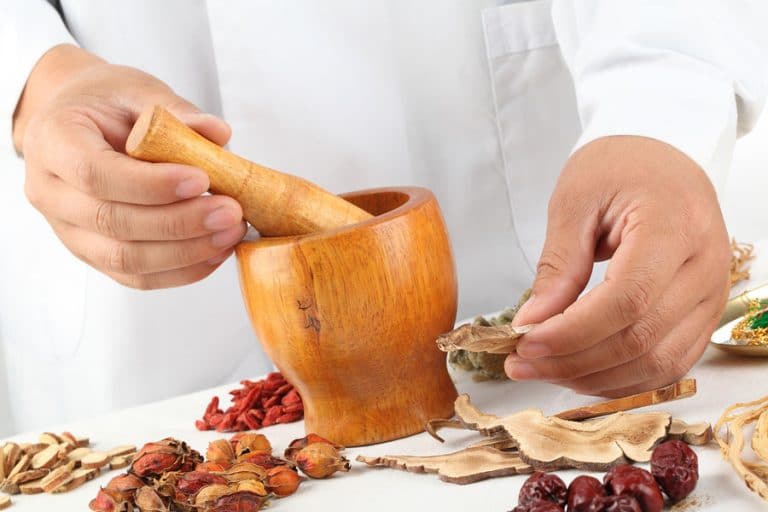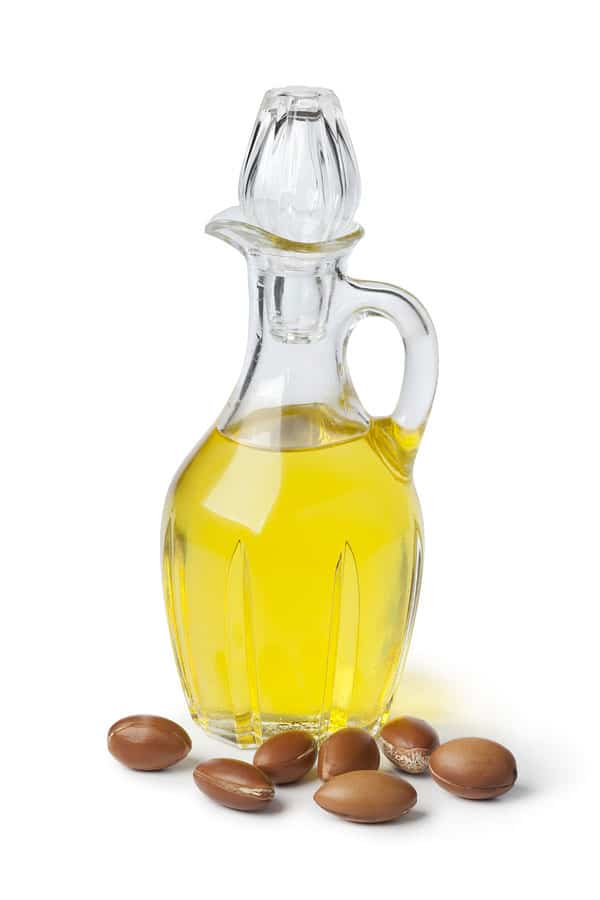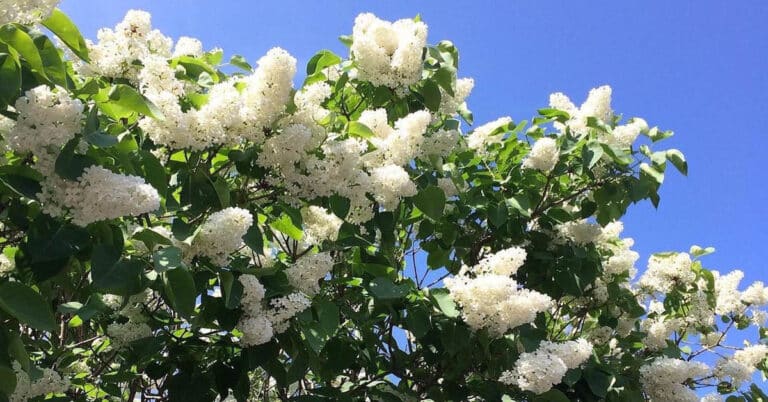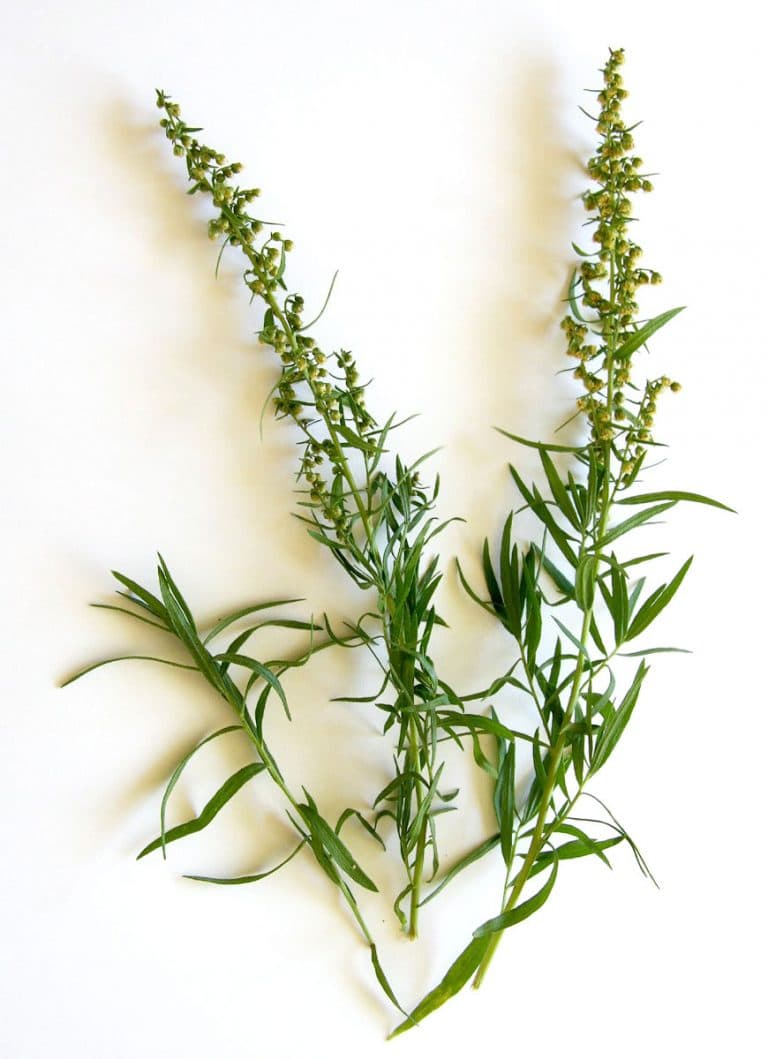Slippery Elm
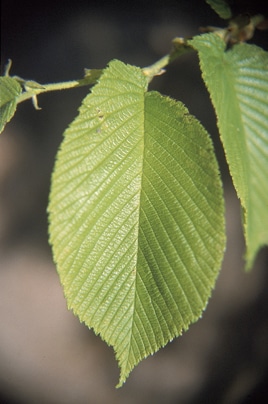
Scientific Classification
| Kingdom: | Plantae |
| Order: | Lamiales |
| (unranked): | Angiosperms |
| (unranked): | Eudicots |
| (unranked): | Rosids |
| Family: | Ulmaceae |
| Genus: | Ulmus |
| Species: | U. Rubra |
| Binomial Name: | Ulmus Rubra |
Slippery Elm is also known as Gray Elm, Red Elm, Soft Elm, Indian Elm, and Moose Elm. It is a deciduous tree. Its scientific name is Ulmus Rubra. It is a species of elm that has many traditional medicinal uses. Slippery elm has antiseptic properties and its bark has antioxidant properties. Its bark is a very useful part, has high nutritional value and it is available in the form of tea, powdered form, and in capsules. It is also mixed with other herbs like peppermint, aloe, and ginger. It is a fast-growing plant and may live to 200 years. In herbal practice, the Slippery Elm is the most valuable and widely used herbal remedy as its inner bark contains many nutrients like potassium, iron, magnesium, Beta-Sitosterol, Tannin, Calcium, Phosphorus, Zinc, Beta-Carotene, Selenium and Campesterol, vitamin B1, B2, B3, and C. Its seeds are also a good source of food.
History
In the early 20th Century it was widely spread as it has been used since the nineteenth century for providing nourishment and for treating wounds. English colonists also used it in ancient times. They created poultice from it. During the American Revolution this herb was valuable to the soldiers. As a cream, the soldiers used it to treat gunshot wounds. Its antiseptic properties helped in preventing sores from infecting the soldiers. Native Americans were the first known people to use this herb by mixing its bark and water. This mixture produced a sticky material called mucilage.
Anatomy
The Slippery Elm plant grows up to 65 feet in height. Its leaves have a rough texture. During the fall its leaves darken in color. Its flowers are pollinated by the wind. These flowers are produced in clusters of 10 to 20 in the spring season before the leaves. These flowers are greenish red in color and are unisexual. The flowers of this plant are hermaphrodite. With reddish anthers, its male flowers have stamens and its female flowers have pistils. Female flowers have a pair of stigmata and are pinkish red in color. The flowers occur in the early to mid spring season. Its fruit contains a single central seed. The inner bark of the plant is reddish brown in color. The bark of older twigs is smooth and gray to reddish brown in color and the bark of young twigs is hairy and reddish brown in color.
Habitat
The slippery Elm herb is native to North America, Eastern Canada, Central and Eastern US. This plant is common in Illinois. Its habitat is floodplains, woodlands, rich mesic woodlands, shaded gravelly seeps, riverbanks, edges of limestone glades and thickets. The plant grows in the damp forests of South eastern Canada, eastern North America and in the Appalachian Mountains. This plant spreads from southwestern Maine west to southern Quebec, southern Ontario, Northern Michigan, and eastern North Dakota and to New York. It also extends from south to Central Nebraska, Central Texas and to Eastern South Dakota, then, east to Georgia and northwestern Florida. It is rich in the corn belt of the Midwest and Southern part of the Lake States.
Soil for Planting
The slippery elm plant grows best in moist soil. It grows well in rich soil of river terrace, stream banks, and bottom lands and in the lower slopes. It can also survive in poorly drained soil. It prefers Light sandy, heavy clay and loamy soil. Alkaline and acid soil is also suitable to it.
Planting
For planting the slippery elm plant the seeds are sown in a cold frame. It germinates within few days. By the end of the growing season they produce large plants. Its germination is fast. During planting, seeds have to be sown in 1/16 inches deep.
Watering
This plant requires watering regularly because it requires moist conditions. Once established it can survive with less water.
Temperature and Humidity
The slippery elm plant requires an average annual temperature ranging from 40 degree to 70 degree F and its average January temperature ranges from -15 degree to 12 degree C. The July month temperature ranges from 16 degree to 27 degree C.
Flowering and Maturing Care
The slippery elm plant requires full sunlight to partial shade. It requires care and maintenance. For better growth of the plant it requires moisture. You need to prune this plant.
Harvest
The inner bark of the slippery elm plant is harvested for its inner bark, for medicinal purposes. Harvesting should be done in the spring season. From the larger branches or bole its bark can be collected in the fall or spring season. Its outer bark is also removed to expose the inner bark. For harvesting the bark knife, machete or hatchet is used.
Pests and Pesticides
Elm Leaf Beetle Pests attack the slippery elm plant. It feeds on the leaves of the plants and severely damages the plants. The leaves turn brown. Wood borers and bark beetles cause damage to the plant. More than 125 insects may feed on the slippery elm plant. These pests can weaken or kill the plant. The Fungus Ceratocystis Ulmi disease also kills the plant. Cankerworm, White Marked Tussock Moth and Fall Cankerworm also attack the plant. Wooly Apple Aphid, Elm Scurfy Scale and European Elm Scale, Wooly Elm Bark Aphid, and Cockscomb Gall Aphid Insects also feed on the plant.
Uses
The leaves of the tree are very useful. They are dried and ground into powder and used to make an herbal tea. This tea helps to soothe the digestive tract. This tea is made from the inner bark of the plant. The inner bark of Slippery Elm is used in making medicines. It is used to treat colic, sore throat, coughs, diarrhea, hemorrhoids, urinary tract infections, irritable bowel syndrome bladder, expelling tapeworms and herpes. It is also helpful in treating too much acid in the stomach, ulcers, GI inflammation, and diverticulitis and for colitis. Slippery Elm is used in the manufacturing of nutritional products and baby foods. It is used in the manufacture of furniture, fence posts, rope, cords, woven mats, burial caskets and in musical instrument like drums. It is used for making of salves and balms to treat burns heal wounds and skin problems. Its leaves are used cooked or raw. Its inner bark is dried and ground into powder and used to make bread and as a thickener for soups.

Having discovered a fondness for insects while pursuing her degree in Biology, Randi Jones was quite bugged to know that people usually dismissed these little creatures as “creepy-crawlies”.

